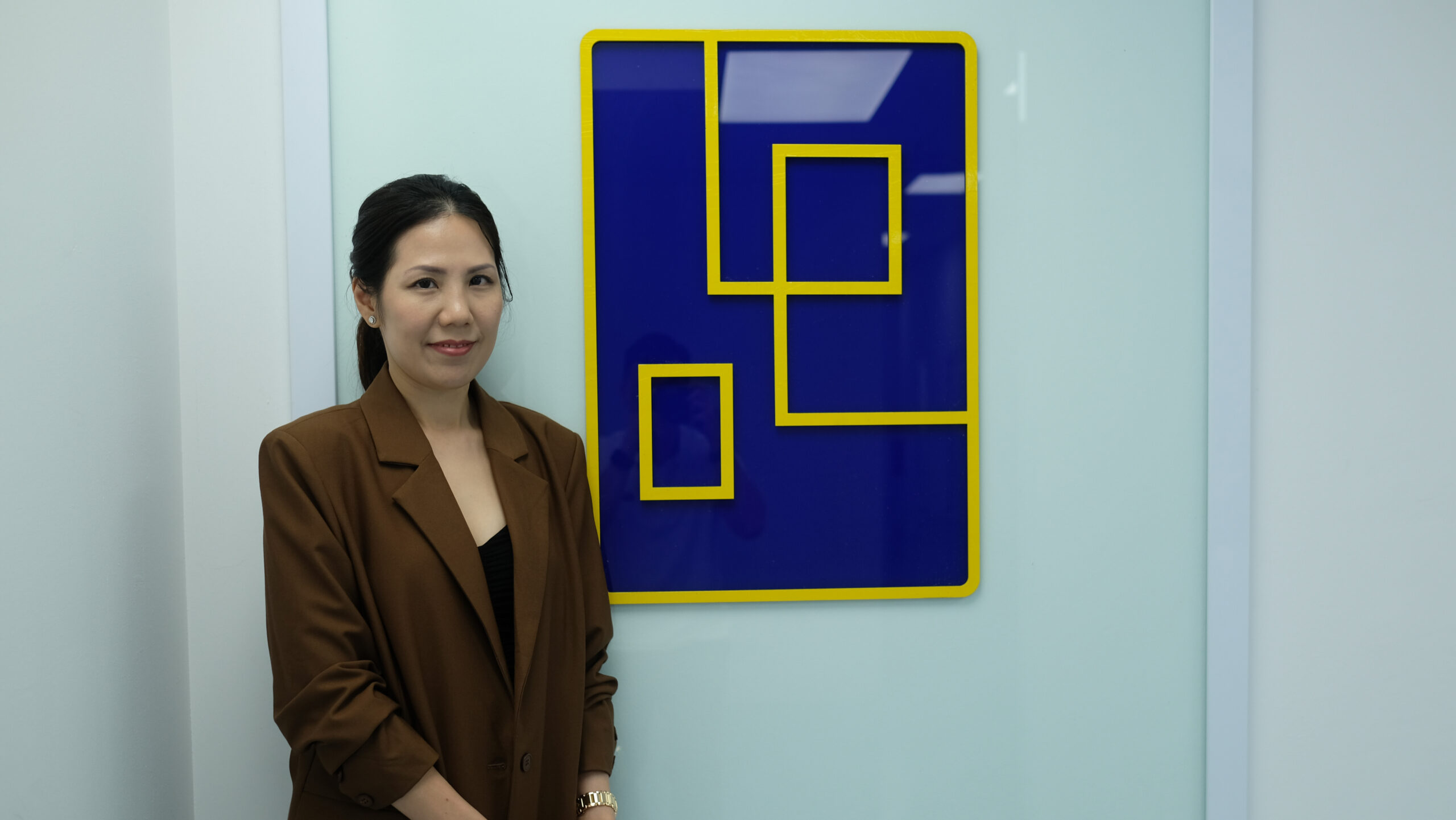IWD 2025: A vision for women in semiconductors
- Josephine Tan
- Topics: DE&I, Features, Home Page - Features, Leadership, Mobility

“Increasing representation is not just about numbers—it is ultimately about ensuring that talent, regardless of gender, determines success.” – Brenda Lee, Executive Director, Global TechSolutions
The semiconductor industry, a critical driver of global innovation, has long struggled with gender imbalance. Women remain underrepresented across technical and leadership roles, not due to a lack of talent but because of systemic barriers that limit their participation and career advancement.
As International Women’s Day 2025 approaches with the theme “Accelerate Action”, the need for meaningful, industry-wide change is more apparent than ever. Brenda Lee, Executive Director at Global TechSolutions (GTS), believes that increasing women’s representation in semiconductors requires more than just intent—it demands structural change. Instead of expecting women to fit into existing frameworks, the industry must reshape its culture to ensure equal access to career progression, leadership opportunities, and technical roles.
Speaking with HRM Asia, Lee shares her insights on breaking down industry biases, the role of leadership in fostering an inclusive workplace, and her vision for a future where women in semiconductors are no longer the exception but a driving force in innovation.
As we approach IWD 2025 with the theme “Accelerate Action”, what actions do you believe the semiconductor industry should take to increase women’s representation and participation?
Brenda Lee: The semiconductor industry must reshape its structure to be more inclusive rather than expecting women to fit into an existing system. This starts with structured career progression, equal employment opportunities, and leadership development while at the same time ensuring that women get more exposure to the industry.
At Global TechSolutions (GTS), we focus on creating real opportunities for career mobility, helping women transition into technical and leadership roles they might not have considered initially.
Increasing representation is not just about numbers—it is ultimately about ensuring that talent, regardless of gender, determines success.
As an advocate for education and breaking bias, what strategies have you found most effective in educating both internal teams and the broader industry about creating a more inclusive environment for women?
Lee: Real change does not always start on stage or in a conference room—it begins with everyday decisions made within an organisation. At GTS, we are constantly looking at ways to empower our women team members, whether it is through providing the relevant support, training or mentorship sessions.
We have done this by identifying women within GTS who show strong analytical and problem-solving skills, even if they are not in engineering roles, and providing them with training and mentorship to transition into technical and leadership positions. Changing perceptions starts from within, and we are committed to making those changes at every level.
Outside of GTS, we also actively keep an eye out for women who are keen on embarking on a career in the semiconductor sector.
What role does leadership play in accelerating change within traditionally male-dominated industries, and how can leaders model the behaviours that drive a more inclusive and diverse workforce?
Lee: Leadership is not just about setting goals—it is about creating an environment where everyone, regardless of gender, can thrive. My role at GTS is to oversee operations, company culture, and talent development, ensuring that we foster an inclusive workplace that values skill and contribution over stereotypes.
Leaders must break the perception that such technical industries are for men by actively supporting women in engineering, operations, and leadership. This means ensuring that women understand what they can achieve in the sector through visible career pathways and that biases in hiring and career progression are eliminated.
What is your vision for the future of women in the semiconductor industry, and how can we continue accelerating progress towards gender parity in this field?
Lee: While we have seen some progress made in the space in recent years, I envision an even stronger future where women in semiconductors are not the exception but the norm, just like any other industry.
Ultimately, the semiconductor industry thrives on innovation like many other sectors, and innovation requires diverse perspectives. One’s gender or background does not define innovation and critical thinking. The more we break down biases and create real opportunities, the faster we move towards an industry that values talent above all else.







